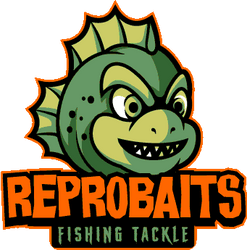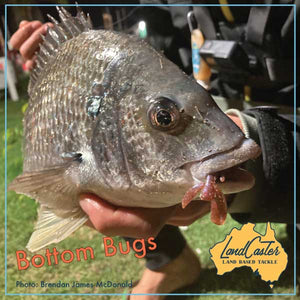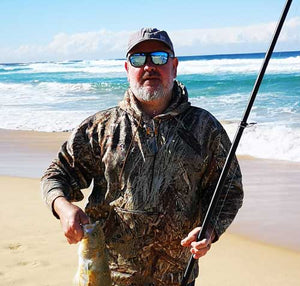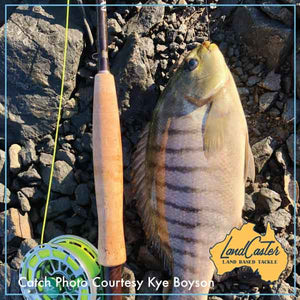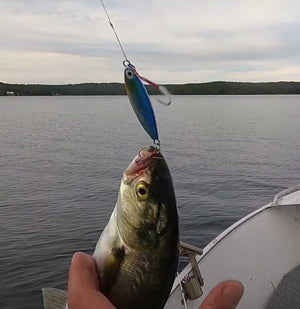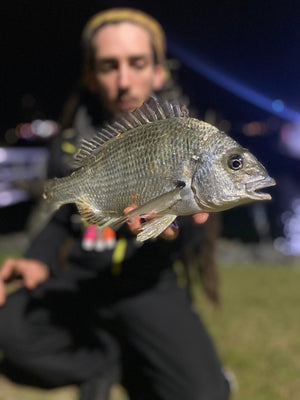Free Shipping Over $70
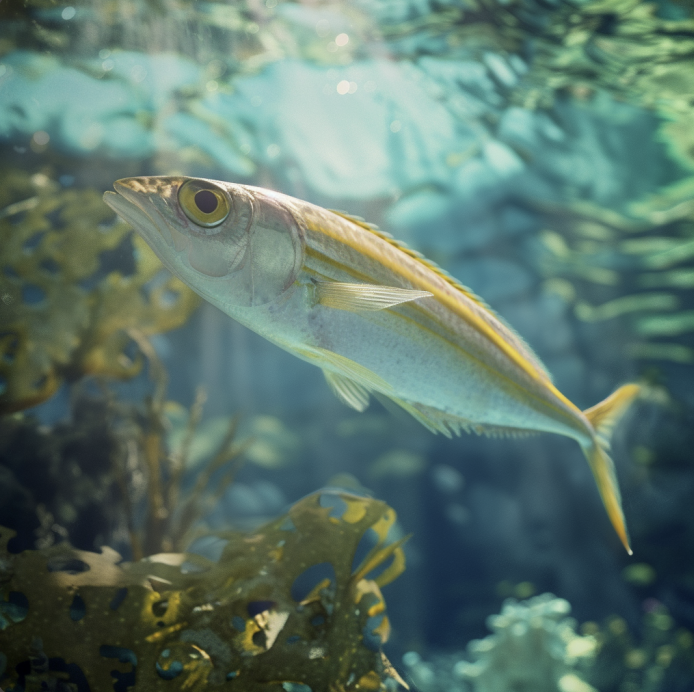
Catching Yakkas: The Australian Guide to Fishing for Horse Mackerel or Aji
In the diverse tapestry of Australian fishing, targeting yakkas, or aji (horse mackerel), stands out as an exhilarating pursuit for anglers of all skill levels. Renowned for their spirited fight and significance as both baitfish and table fare, yakkas (Trachurus novaezelandiae) are a coveted catch in the waters surrounding Australia. This comprehensive guide gives you some effective strategies, prime locations, and essential regulations to enhance your yakka fishing adventures across the continent.
The technique often involves casting near structures where yakkas congregate, such as jetties, piers, and reef edges and employing a slow retrieve to entice these opportunistic feeders. For anglers favouring live bait, a float or a light sinker can aid in positioning the bait at the desired depth.
Understanding Yakkas: An Overview
Yakkas thrive in the temperate to warm waters around Australia, frequenting coastal bays, harbours, and offshore reefs. These slender silver fish are distinguished by their pronounced forked tails and sleek bodies, adaptations that enable their quick, agile movements in water. Recognized not only for their role in the marine food web but also for their appeal to anglers yakkas offer a multifaceted fishing experience.Prime Locations for Yakka Fishing
The quest for yakkas can lead anglers to a variety of Australian waters, from the bustling harbours of Sydney and Melbourne to the serene bays of Tasmania and the expansive coastlines of Queensland and Western Australia. Key hotspots include:- Sydney Harbour: A haven for yakkas, offering abundant shelter and food sources.
- Moreton Bay, Queensland: Renowned for its large schools of yakkas, especially around artificial reefs and deep drop-offs.
- Port Phillip Bay, Victoria: A popular spot for yakka fishing, with jetties and piers providing excellent access.
- Tasmanian Waters: Coastal areas around Tasmania are known for their clear, cool waters, ideal for targeting larger yakkas.
Gear and Techniques
Success in yakka fishing hinges on the right gear and approach. Light to medium tackle is preferred ensuring both sensitivity to bites and sufficient strength for the yakka's vigorous fight. A 6-8lb line paired with a small sharp hook (sizes 8-12) is optimal. When it comes to bait yakkas are partial to small fish pieces, squid, or live baits like prawns. Alternatively, small metal jigs and soft plastics can be highly effective mimicking the small fish and crustaceans yakkas prey upon. Ajing in Japan has a big following and is becoming more nad more popular in Australia as well.The technique often involves casting near structures where yakkas congregate, such as jetties, piers, and reef edges and employing a slow retrieve to entice these opportunistic feeders. For anglers favouring live bait, a float or a light sinker can aid in positioning the bait at the desired depth.
